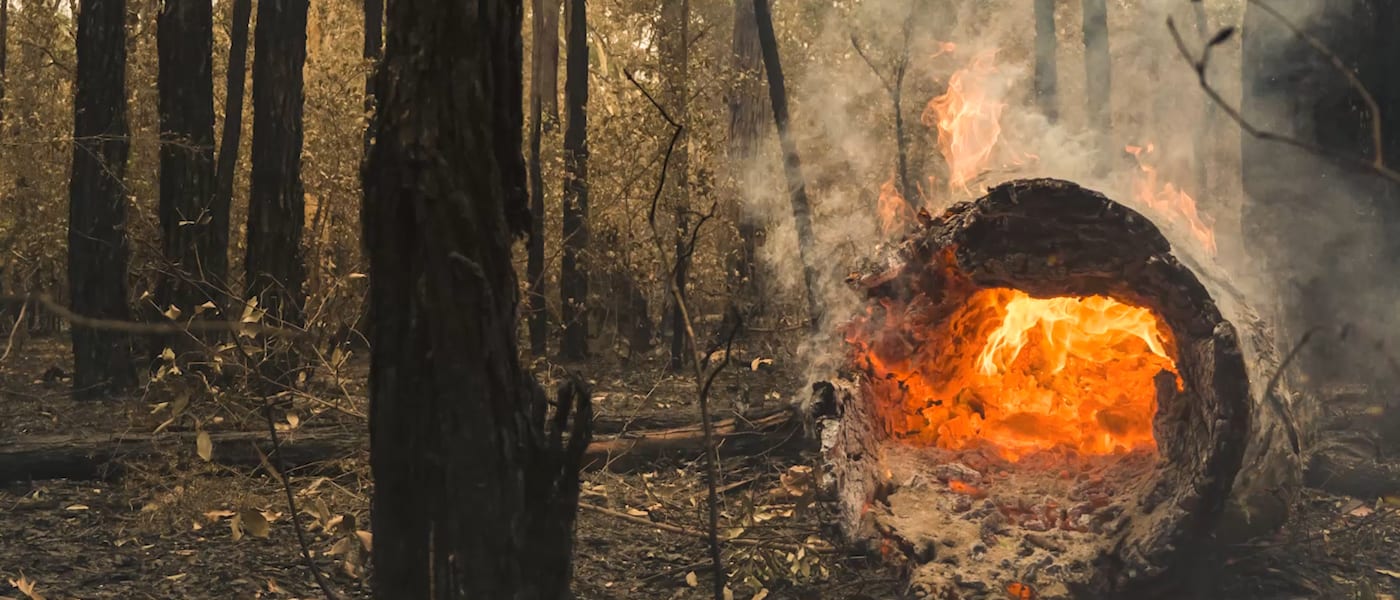Proactive Residential Property Defense: Leveraging the Insights of a BAL Report
Proactive Residential Property Defense: Leveraging the Insights of a BAL Report
Blog Article
Exactly How BAL Report Impacts Bush Fire Protection Measures
In the world of bush fire security, the Building Attack Level (BAL) report stands as a crucial tool that substantially influences the security and durability of residential or commercial properties in fire-prone areas - BAL Report. The influence of a BAL evaluation expands much past mere paperwork; it functions as the cornerstone for establishing the proper building and construction standards and fire security steps required to minimize the dangers presented by bushfires. As neighborhoods come to grips with increasingly extreme fire seasons, understanding how the BAL record forms these safety procedures becomes extremely important for policymakers, home builders, and house owners alike
Understanding the Bushfire Strike Level

Relevance of BAL Record Assessment

Additionally, the BAL report analysis functions as a foundational action in abiding by legal responsibilities and requirements related to bushfire defense. Local councils and authorities usually mandate the entry of a BAL record as component of the preparation and structure authorization procedure to make certain that residential or commercial properties are effectively safeguarded versus bushfire threats. Falling short to conduct an extensive BAL record evaluation can result in poor defense procedures, leaving residential properties susceptible to ruining bushfire incidents.
Building Criteria Based Upon BAL
A detailed understanding of the Bushfire Assault Level (BAL) enables building owners to apply building and construction requirements customized to visit site their particular danger account. Building requirements based on BAL are essential in mitigating the influence of bushfires on homes. The BAL rating categorizes the potential danger a home deals with during a bushfire on a range from BAL-Low to BAL-FZ (Fire Zone)
Implementing Fire Security Procedures
With the foundation of building and construction standards based upon Bushfire Strike Level (BAL) in place, the focus currently changes in the direction of the practical execution of fire protection measures to fortify residential properties versus bushfire risks. Applying fire defense measures includes a combination of passive and energetic approaches to improve the durability of structures in bushfire-prone locations. Passive steps consist of making use of fireproof structure products, setting up cinder guards on vents, sealing gaps in walls and roofing systems, and maintaining a clear area around the building complimentary from combustible vegetation. Energetic measures incorporate having firefighting devices conveniently offered, such as hoses and water pumps, official source along with developing a defendable area around the residential or commercial property by clearing vegetation and having a well-kept garden. Additionally, developing an evacuation strategy and ensuring all residents understand emergency treatments are essential elements of effective fire protection procedures. By incorporating both passive and energetic strategies, properties can dramatically lower their vulnerability to bushfire events and increase the safety and security of occupants.
Shielding Houses Against Bushfires
Effectively protecting homes versus the devastating impacts of bushfires requires a detailed and proactive approach to fire security actions. Additionally, sealing gaps and vents to protect against coal invasion, as well as including fire-resistant doors and windows, can aid fortify the home's defense against bushfires. By accepting a positive position and incorporating these protective actions, property owners can dramatically raise their possibilities of securing their homes versus bushfires.
Verdict
To conclude, the Bushfire Assault Level (BAL) report plays an important role in identifying the required protection steps against bushfires. By analyzing the BAL, building and construction criteria can be tailored to mitigate the risks and ensure the safety of homes in fire-prone locations. Executing fire defense steps based upon the BAL report is crucial in guarding buildings from potential bushfire risks. It is crucial for property owners to focus on BAL evaluations and comply with advised building and construction standards to improve bushfire resilience.
In analyzing bushfire danger to buildings, recognizing the Bushfire Strike Degree (BAL) is a vital element for executing reliable security actions. Overall, a clear understanding of the Bushfire Strike Level is important for implementing adequate protection steps and mitigating the impact of bushfires on properties.

Report this page